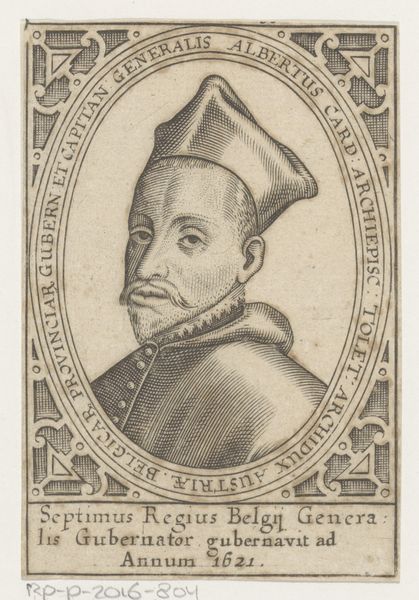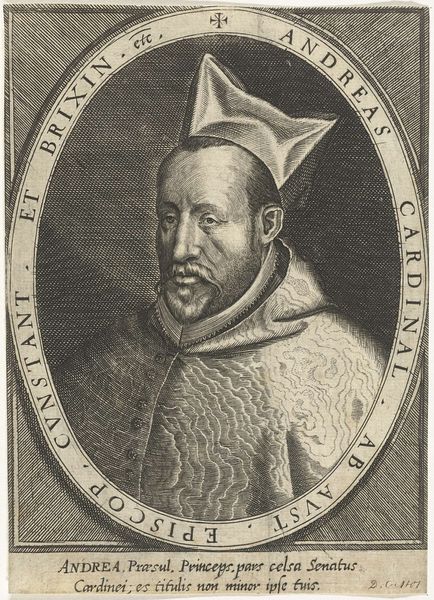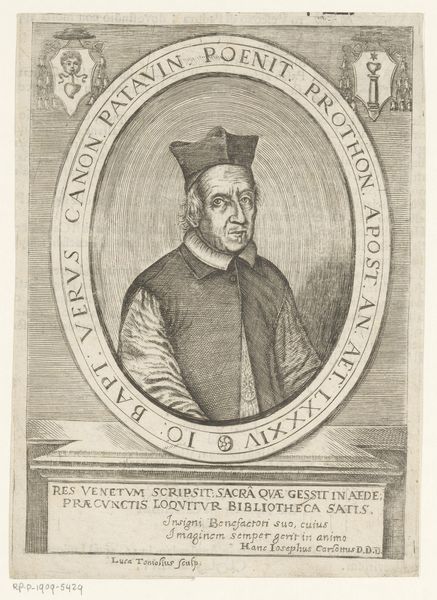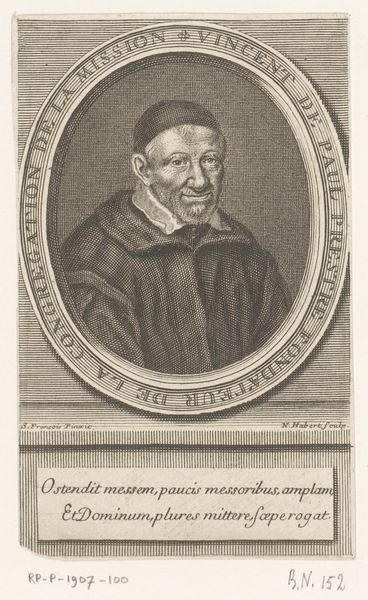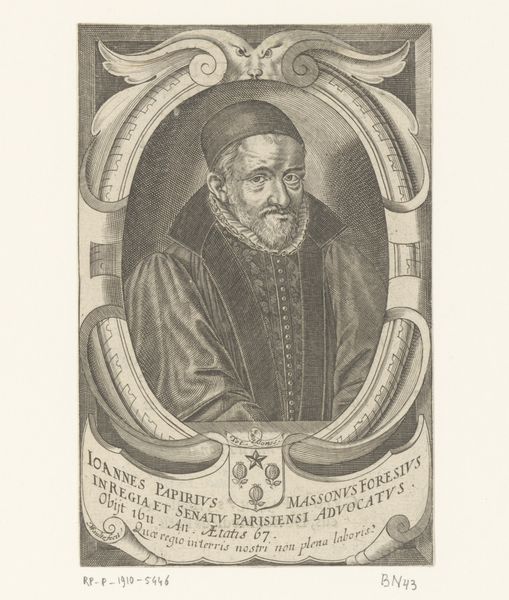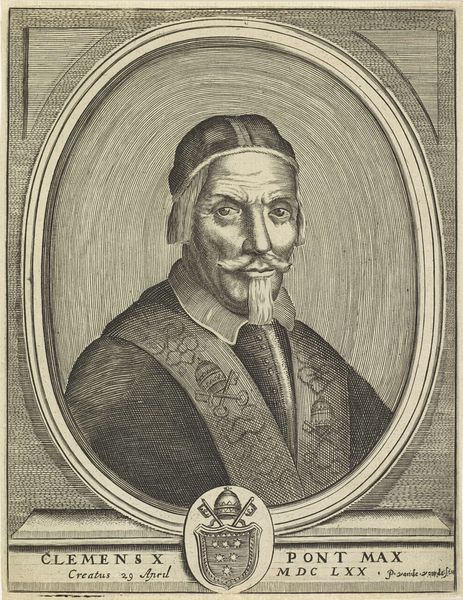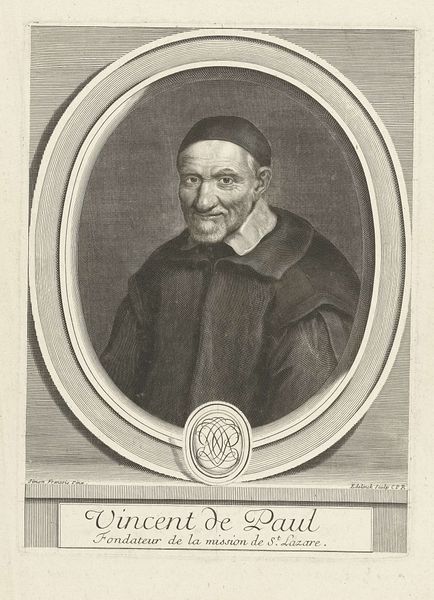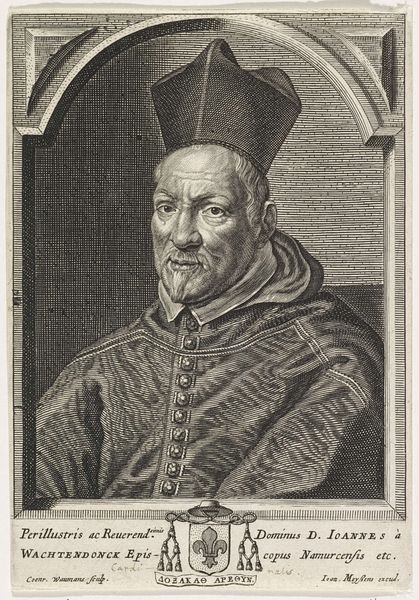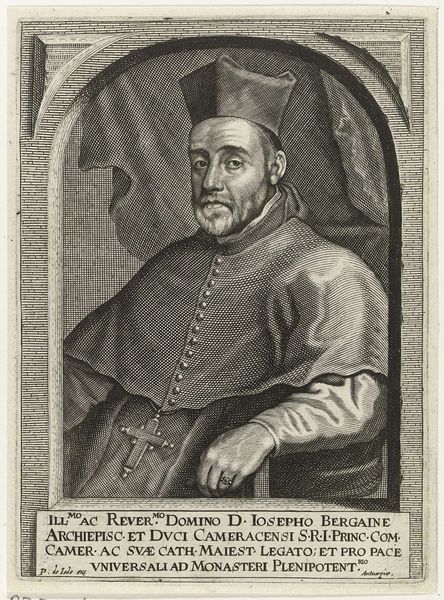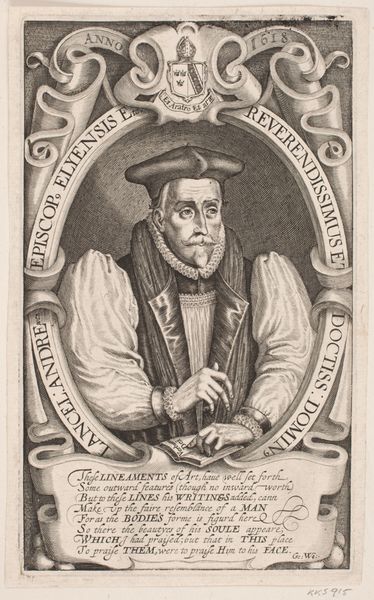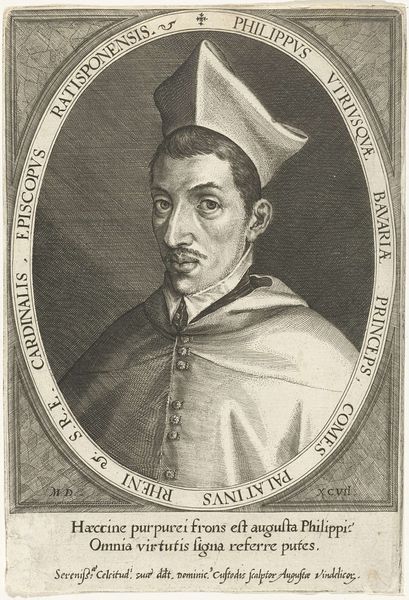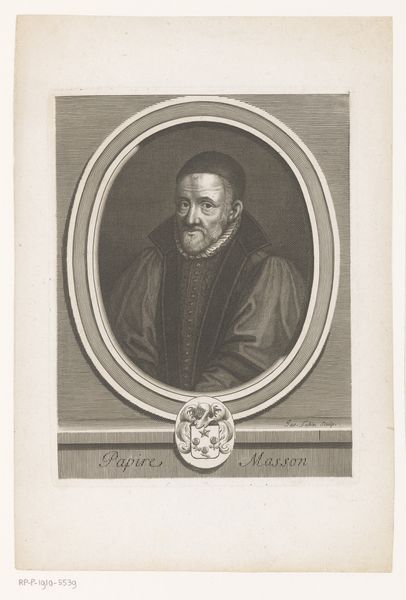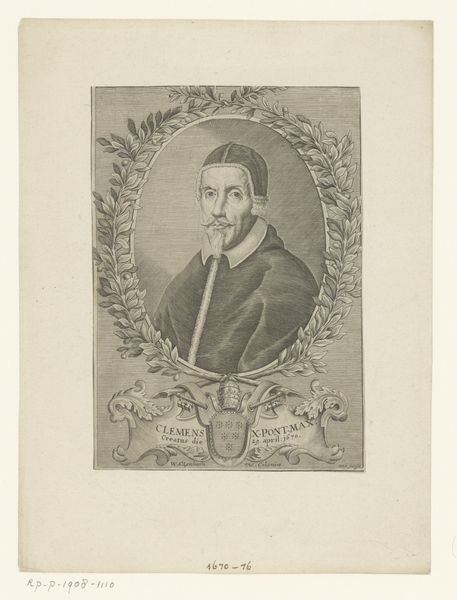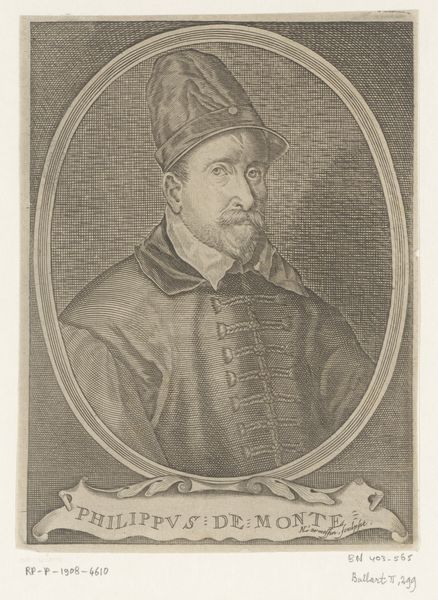
engraving
#
baroque
#
caricature
#
history-painting
#
engraving
Dimensions: height 187 mm, width 140 mm
Copyright: Rijks Museum: Open Domain
Editor: Here we have a portrait of Jean Papire Masson, an engraving from 1682 by Nicolas de Larmessin, currently housed in the Rijksmuseum. It’s fascinating how much detail they achieved with just lines. What strikes me is the contrast between the detailed portrait and the more decorative, almost abstract frame. How do you see this piece? Curator: Well, consider the very *act* of engraving in 17th century Europe. The process isn’t just about aesthetics; it reflects labor practices, access to materials, and a specific type of knowledge. De Larmessin wasn’t merely an "artist"; he was a skilled artisan within a complex system of production and consumption. The portrait exists as both a work of art *and* a commodity. Editor: So, it’s not just about who Masson *was*, but also how this image was circulated? Curator: Exactly! Think about who had access to these engravings, the social status they conveyed, and how they shaped perceptions. The very paper it’s printed on, the ink used, and the tools required represent economic and social relationships. Also consider the skill required and the implied knowledge and training invested to be able to achieve such accuracy. Was such knowledge broadly available? How did one come by it? Editor: That's a perspective I hadn't considered! I tend to focus on the subject matter. You're prompting us to consider it as a record of labor and economic exchange? Curator: Precisely. High art or low, portrait or print, these were items of trade. We also tend to disregard the amount of artistic preparation: countless preliminary sketches and studies must have gone into planning, making preliminary drawing before it was committed to the metal plate and finally printed. So, how does knowing this information change your initial view? Editor: I definitely see it with fresh eyes now. I appreciate understanding the role of the printmaking within the larger scope of craftsmanship and access. Curator: Indeed. Materiality always shapes meaning.
Comments
No comments
Be the first to comment and join the conversation on the ultimate creative platform.
